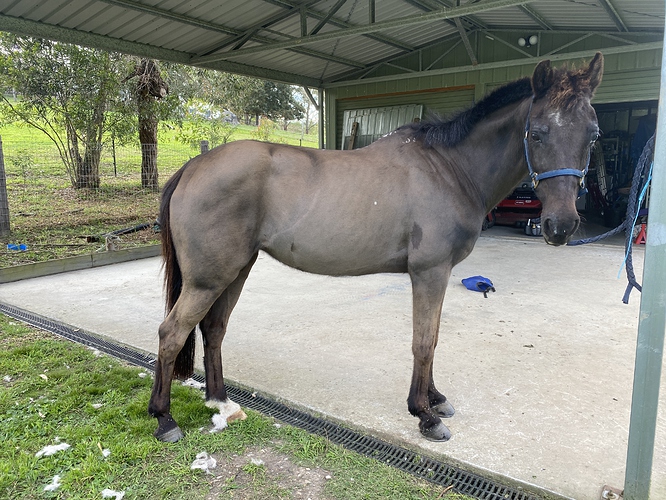I’ve got a pony mare in her early 20’s that I’ve owned for 13 years. She’s now on her 3rd eye ulcer in six months (first two in the right eye, this one in the left). Prior to this, she’d never had any eye issues whatsoever.
The vets think it’s just coincidence. The last ones took months to heal so I’m expecting the same again. It’s really a nuisance, and an expensive one at that!
I’m wondering if it’s simply age increasing her susceptibility to an ulcer forming after a minor scratch to the eye. Vets mentioned cushings as a possibility, she’s got no classic symptoms and has previously been tested, although the last was probably a few years ago.
She is otherwise fit and healthy. Has a slight amount of hind end ataxia that appeared two years ago and has improved substantially since. She has had one bout of laminitis in 2016 that was an acute response to an injury. Otherwise she’s been a quite injury and illness free horse her whole life.


